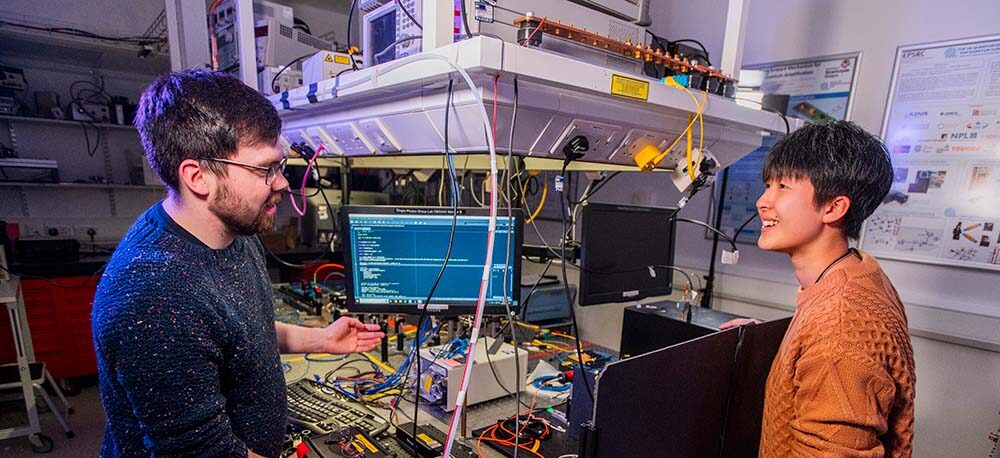Detecting out of sight objects
Non-destructive testing
Researchers have developed a system using a camera that can freeze light in motion. The speed of this camera gives it a crucial advantage over conventional cameras. It is so fast that it can record ‘when’ light arrives at its sensor, not just ‘where’.
How do we detect out of sight objects?
Generally, clear imaging relies on a direct line of sight between the object and the camera. However, if you point a laser at the ground in front of you, you will notice how the light scatters in all directions – including around corners, or, it might even hit an out-of-view object.
Researchers have developed a system using a camera that it can freeze light in motion. The speed of this camera gives it a crucial advantage over conventional cameras. It is so fast that it can record ‘when’ light arrives at its sensor, not just ‘where’. With this timing information, the camera can make images in very unconventional ways. No longer does an object have to be in the field of view to be in the picture. This camera can see an object hidden around a corner or make an image of something embedded within or behind a wall. Currently, researchers are able to detect objects 2 to 3 metres around a corner.
Related news

Scientists win award for portable brain imaging breakthrough
Two UK Quantum Technology Research Hub in Sensing, Imaging and Timing researchers at the University of Nottingham have received a prestigious award for their ground …
Read more

Celebrating International Women in Engineering Day
To mark International Women in Engineering Day 2025, we have collected stories from a few of our female QuSIT Hub researchers to showcase their …
Read more

Quantum Technology Hubs receive EPSRC funding to advance quantum skills and training
The Quantum Technology Hubs, part of the UK National Quantum Technologies Programme (NQTP), have been awarded a further £3M from EPSRC to develop a …
Read more

